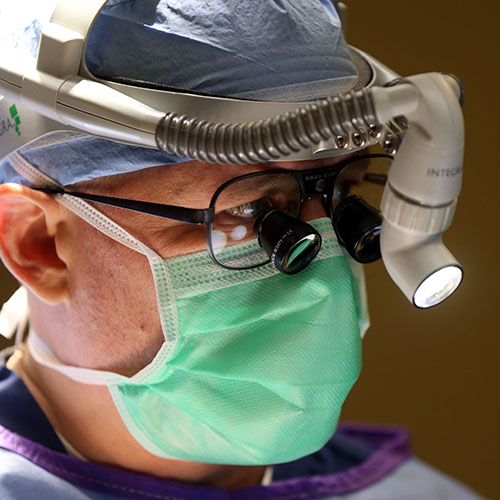Orthopedic Surgeon Partner
Bottom Line – patients who continue to experience persistent pain, paresthesias, or weakness after orthopedic trauma or surgery should be considered to have an undiagnosed peripheral nerve injury until proven otherwise.

This relatively new field of peripheral nerve surgery represents a “hand in glove” symbiosis which can provide solutions for some of the most difficult problems the orthopedic surgeon faces in trying to diagnosis and treat disorders of the musculoskeletal system.
Unless a peripheral nerve injury involves major damage to an important motor nerve, the pain and weakness that accompanies peripheral nerve pathology will usually be “masked” or “blend in” with the rest of the pain generated by the orthopedic trauma. This is equally applicable to nerve damage resulting from elective orthopedic procedures. In the case of nerve compression, it may takes weeks or months for the patient to even start to experience pain.
Because peripheral nerves are not imaged well with CT scans or MRIs, and because orthopedic physical examination is not designed to pick up most peripheral nerve injuries, they will often be missed in the acute setting and remain undiagnosed over the long term.
The reason patients have persistent knee pain after TKA is that in most cases, the original sensory nerves to the knee joint, as well as the sensory nerves innervating the soft tissue envelope around the knee have all be left behind. Due to damage or entrapment in scar tissue, these nerves are now simply serving as chronic pain generators, sending constant pain signals to the brain. In these situations, it doesn’t matter how many additional orthopedic procedures the patient undergoes, the pain will never get better. In fact, at this stage, additional surgery aimed at solving a nonexistent orthopedic problem will often compound the situation leading to even more morbidity for the patient. Post-TKA neurogenic pain is often misdiagnosed as some type of “unrecognized or under treated” preexisting pathology, a problem with the implant itself, or “chronic infection,” often leading to additional, unnecessary surgery for the patient.
From the orthopedic surgeon’s perspective, peripheral nerve surgery provides an excellent alternative to consigning their “chronic pain” patients to languish forever in the pain management setting, by offering definitive, permanent relief of chronic neurogenic pain in most cases. Remember, for patients who develop chronic pain following trauma or surgery, and especially for patients with pain for which imaging provides no clear orthopedic etiology, keep the possibility of a peripheral nerve problem near the top of your differential diagnosis list.
